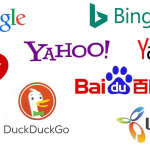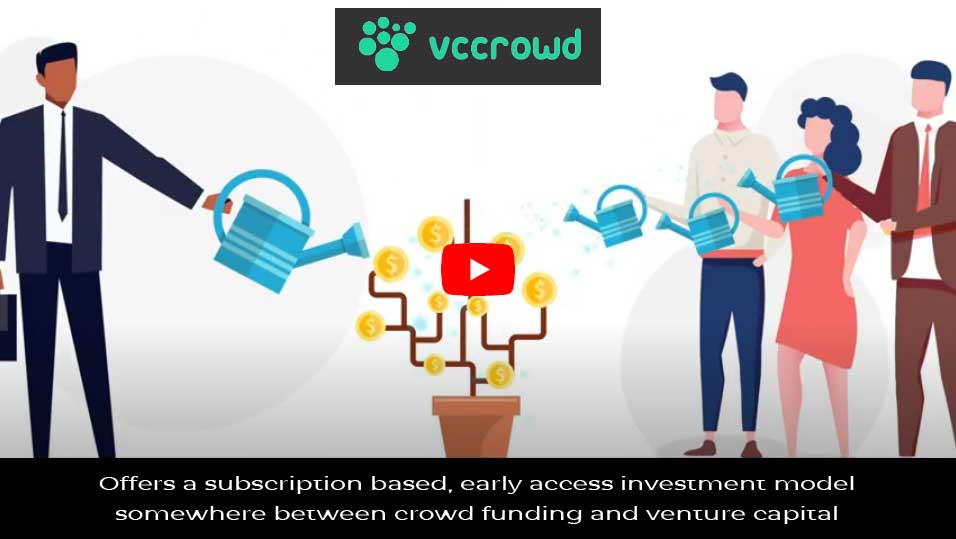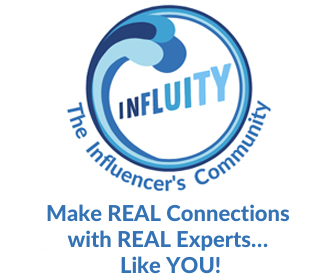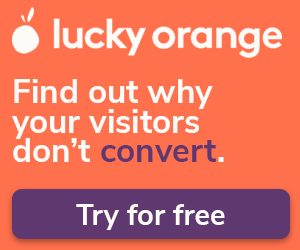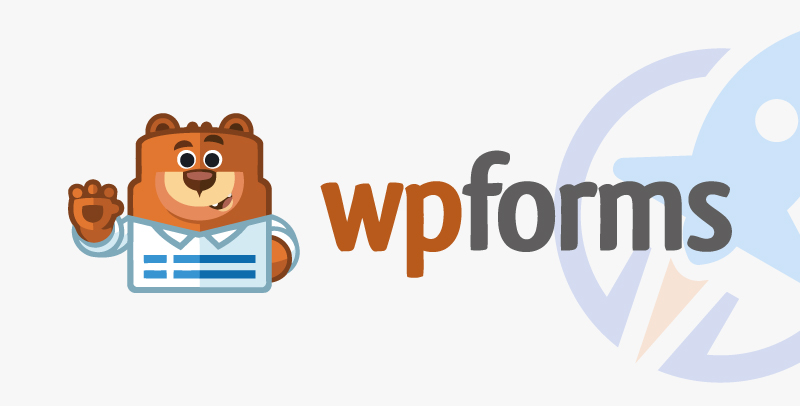
If you’re still taking a one-size-fits-all approach to your marketing campaigns, blasting the same messages across channels to a broad audience, you’re leaving revenue on the table. Today’s B2B buyers expect a personalized experience tailored to their specific needs, industry pain points and stage in the customer journey. Generic campaigns won’t cut it anymore.
The key to unlocking more marketing-driven revenue is adopting an audience-based planning approach. Rather than promoting your products or services en masse, this strategy involves segmenting your target accounts and prospects into distinct audiences. You can then craft customized messaging, content and channel strategies that speak directly to what each audience cares about most.
The benefits of audience planning
Nearly 75% of customers expect better-personalized experiences as technology advances, according to Salesforce’s State of the Connected Customer. For revenue-generating marketers, that means thinking bigger picture than first-name variables or campaigns to “CFOs in New York at companies with $15 million in revenue.”
In multi-channel marketing campaigns, personalization also means getting granular with where your prospects are in their customer journey, what industries they belong to, what pain points they are experiencing and what product or service(s) are most likely to resonate with them in this exact moment.
I call this audience-based planning — a way to take what your sales team wants to sell and to whom and pair it with what your data can tell you about that target audience’s interests, pain points and journey stage. You might also call this “sales-driven marketing” rather than marketing-driven sales — as in this type of plan, you’re letting the sales team dictate exactly who they want, sometimes even down to the account names. If you’re new to account-based marketing (ABM), this probably sounds familiar, as planning with very specific accounts provided by a selling team is critical to any solid ABM strategy.
On the marketing front, planning by audience (and customer journey) ensures marketing dollars are spent on the accounts most likely to be in the buying cycle. Since only 5% of B2B buyers are actively in the market for new services every quarter (per a 2021 report from Ehrenberg-Bass Institute) and the average buyer cycle in B2B marketing could be anywhere from six months to five years, this type of plan can help you narrow down your targeting efforts to:
- Who is an ideal customer?
- Where is that customer in the buyer journey (beginning, middle or end)?
- What messaging is most likely to resonate?
As a bonus, the quality of leads handed off to the selling team is greatly improved, and your relationship with them as a supportive resource is improved, too.
Dig deeper: Why we care about audience development
How to create an audience-based marketing plan
Getting started with your audience-based plans is simpler than you might think.
Step 1: Align on key sales goals and team roles
Your goals planning might look something like this:
- Sales leadership: Communicates sales growth goals and any key focus areas for the year. Gets specifics on company size, key buyers, industries, pain points, commonalities and anything else that might separate good leads from bad ones.
- Marketing leadership: Communicates how marketing will support sales goals; determines key initiatives, campaigns, content and assets that align with sales goals.
- Demand generation: Determines specific application of marketing goals into a set of lists, audiences, channels and tasking opportunities; builds, executes and reports on all key strategies.
Step 2: For each sales goal, gather every account you can
This could include known and unknown accounts — not people if you can help. Consider the following questions:
- Do you have access to accounts not in your database that could be interested in this product/service?
- What accounts in your CRM have no history or engagement with this product/service but would be a fit, based on information provided by Sales?
- What accounts know about this product/service but haven’t converted into new business yet?
- What clients might be a fit for cross-serve or upsell on this service?
While all of these accounts will be in your target list, it’s important to keep them separated by where they are in the customer journey. Each list might require additional marketing touchpoints or unique messaging tailored to their journey stage.
For convenience, you may also group these by campaigns or lists in your CRM so you can report on different success metrics that more closely align with their journey stage (e.g., increasing awareness is important for accounts that don’t know you, whereas opened opportunities are important for accounts already in the funnel).
Step 3: Build your advertising lists
This is where an account-based marketing platform is a true friend. If you have access to a platform such as this or to a platform that can help you identify intent, this is the time to use it. Once you know all of the accounts you want to target, you may choose to build an advertising plan that looks something like this:
- All accounts: Get social media ads, regardless of intent (goal to grow intent).
- Accounts showing intent on certain keywords: Get targeted display ads by journey (to grow awareness).
Step 4: Build your email list
With the recent changes in Gmail and Yahoo!, it is critical to take this step with extra care. Above all else, your email list must only include existing records in your email system who have demonstrated some interest in this product/service through previous interactions.
You could identify such intent based on the following:
- Account and person show intent in the topic (an intent-based tool can tell you this).
- Previous campaign history (e.g., attended a webinar on said topic).
- Website page visits specific to this topic.
Consider these people eligible for one-time email campaigns, not newsletters. It’s important to send them something helpful to their day-to-day lives and that they won’t be surprised to get.
If they convert on your offer, however, be sure to add them to an ongoing target list for people specifically interested in this product/service for the future.
Dig deeper: How to send more emails and grow your subscriber list
Step 5: Interested accounts with no known people
“Wait, can’t we pull the key buyer from something like ZoomInfo?” Technically, you could, but that doesn’t mean they are entirely sales-ready. If you know an account is interested in the topic but don’t know who is engaging, you can use a tool like content syndication to generate new conversions.
In this example, with a helpful piece of content or a webinar targeted to their pain points, you can use your target account list to entice your key buyers to convert into your marketing funnels. This ensures you can market to the engaged person at a target account without pushing the call to sell too early in the funnel.
Dig deeper: 5 tips for balancing ‘push’ and ‘pull’ in content marketing
Step 6: Handing off to sales
Ideally, you have created a nurture structure wherein you encourage buyers at target accounts to enter marketing nurtures specific to their needs. When they are ready to buy, you’ve created paths for them to find a contact us form, a chatbot or a person directly listed on your website.
But what about the others? Some companies may choose to run outbound on certain accounts as well. Here’s where you can create lists to monitor for those trigger events. Those could be key happenings at a company, engagement minutes, contact scores or specific page visits. This is worth documenting — and unique to your selling team.
By proactively separating your audiences by target profiles, you can create more specific follow-up steps (or cadences) aligned to where they are in the customer journey, how their industry talks about your product/service, and/or their pain points. Thus, your selling team’s likelihood of turning the lead into a conversation increases.
Step 7: Improve reporting
If you’re using a CRM tool, you know the challenge of the single campaign source field. It assumes a single campaign “converted” your lead into an opportunity, which is not how most buyers engage with your brand.
Putting the accounts you wish to target into a campaign or list for future monitoring (remember Step 2?), lets you monitor which ones have had opportunities for the specific service/product you’re marketing to them. In other words, you’ll have two layers of reporting on campaign success:
- The campaign that winds up in their campaign attribution field in your CRM.
- All accounts you’ve been actively targeting — with opportunities credited even when your marketing efforts resulted in a conversion to opportunity through a non-digital channel.
Remember, personalization is greater than the first name field, and messaging should differ along the customer’s journey. Have you tried something like this at your organization? What considerations for personalization and better targeting are you trying?
The post 7 steps to creating an audience-based B2B marketing plan appeared first on MarTech.

